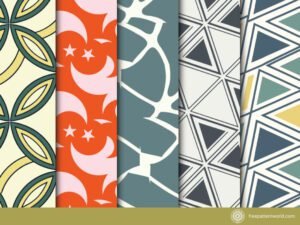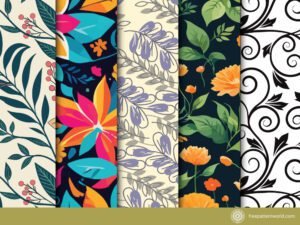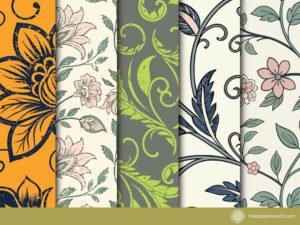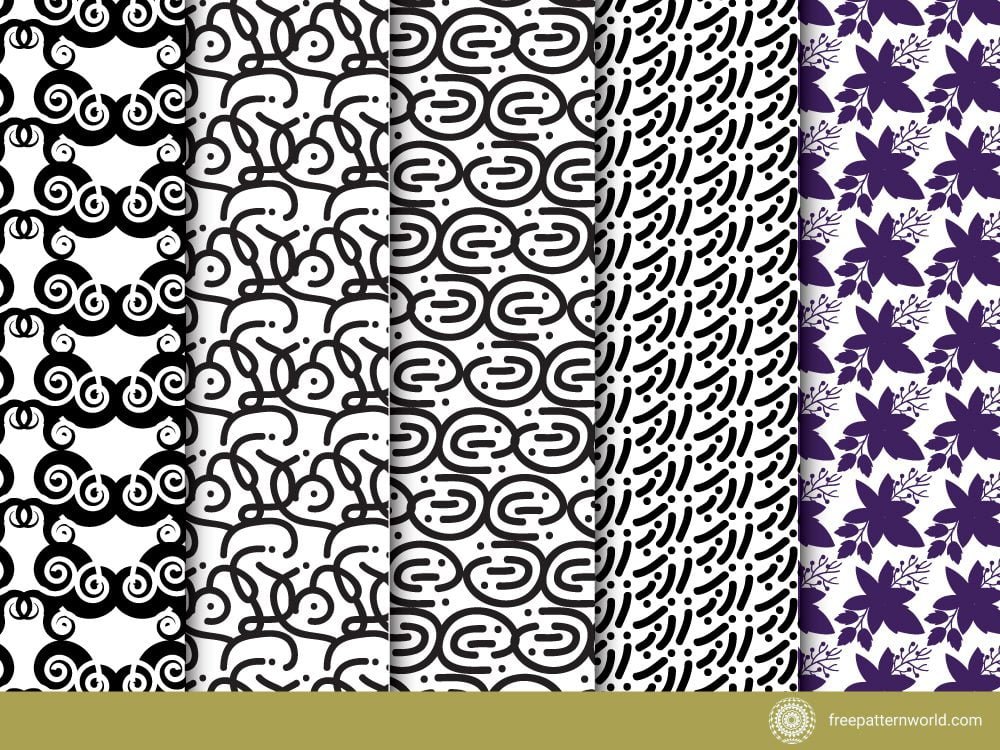
Organic patterns draw inspiration from the natural world, capturing the fluidity, spontaneity, and beauty of nature in various forms. These patterns are widely popular in design for their ability to evoke a sense of calm, harmony, and authenticity. Whether in fashion, home decor, or graphic design, organic patterns can bring a touch of nature’s elegance and complexity. Here are the top five organic pattern designs that stand out for their unique aesthetic and timeless appeal.

Leaf Vein Patterns
Leaf vein patterns mimic the intricate network of veins found in leaves. These designs capture the delicate, branching structure that transports nutrients within a leaf, creating a visually appealing and detailed pattern.
Applications: Leaf vein patterns are popular in wallpaper designs, textile prints, and stationery. They can also be used in digital backgrounds and website designs to add a touch of nature-inspired intricacy.
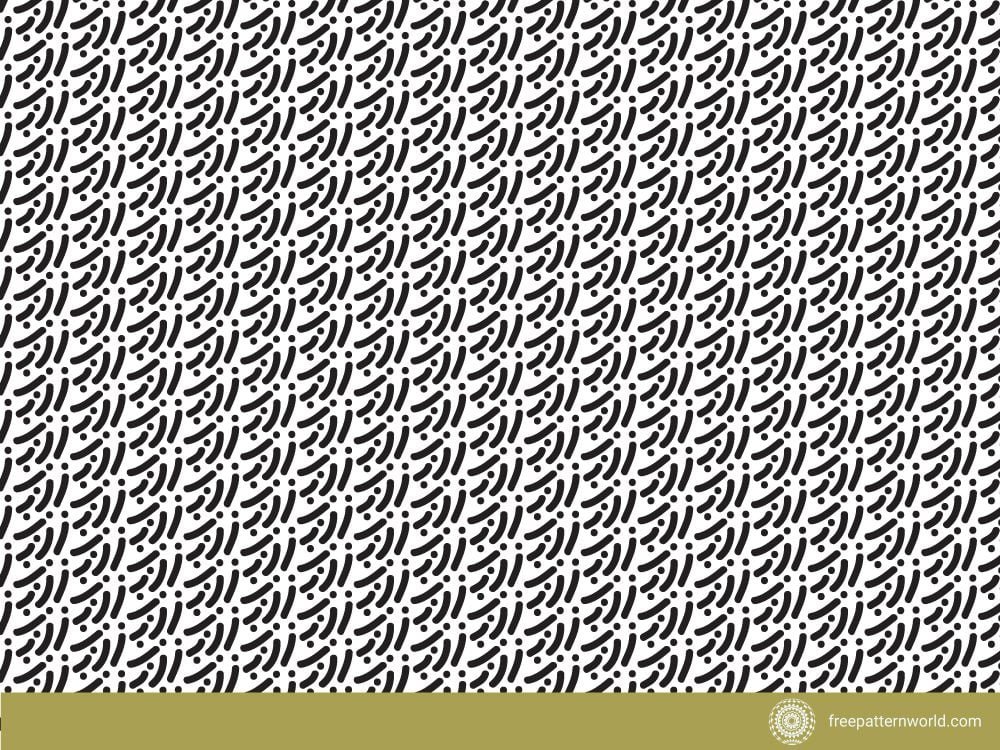
Why It’s Popular: The natural complexity and detailed texture of leaf veins make these patterns a favorite for those looking to add a sophisticated yet organic element to their designs.
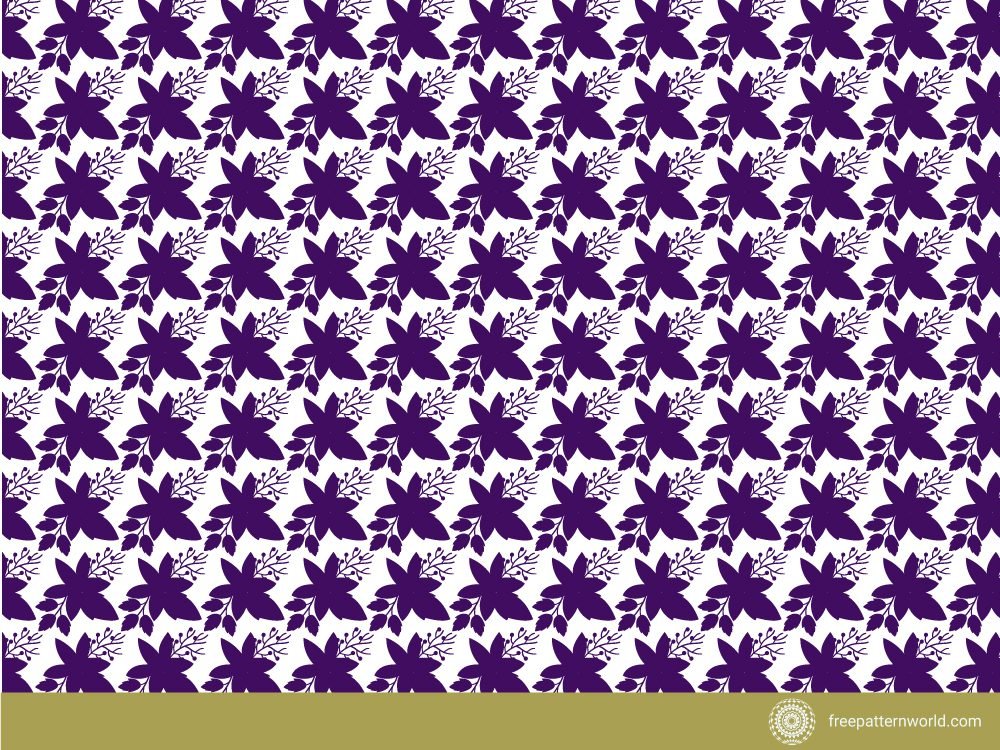
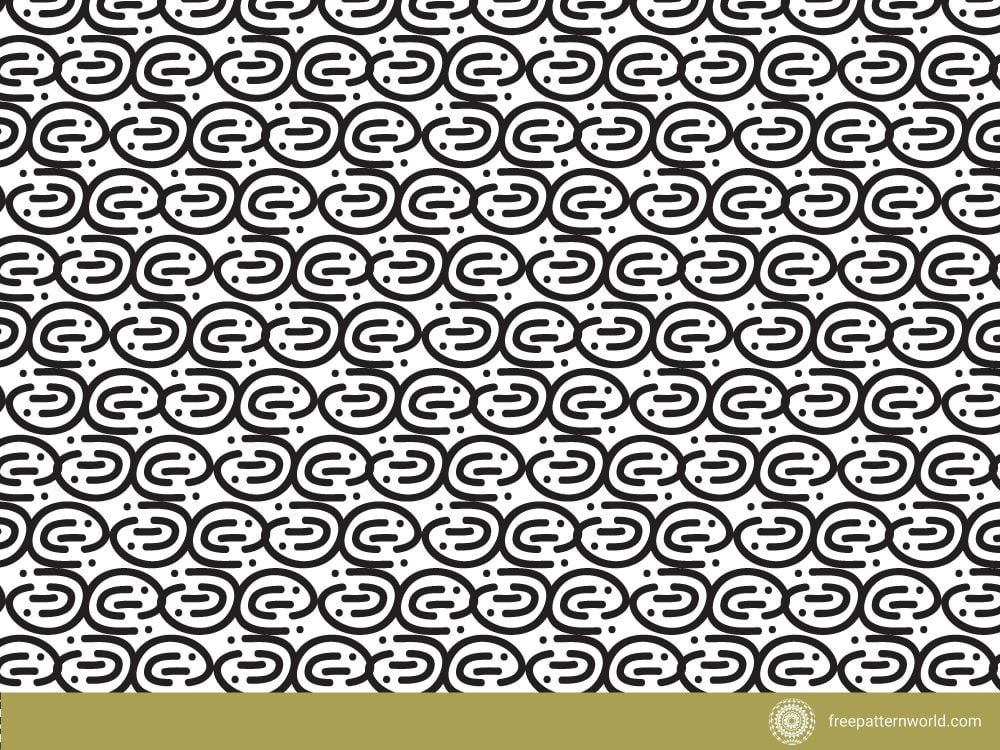

Organic designs offer a beautiful way to bring elements of nature into design. Each of these top five organic pattern designs—leaf vein, water ripple, wood grain, marble, and floral—provides a unique aesthetic that can enhance a wide variety of applications. Whether you’re looking to create a calming atmosphere, add a touch of luxury, or infuse your design with natural beauty, organic Organic designs are an excellent choice. Their timeless appeal and versatility ensure they will remain a favorite in the design world for years to come.
To download more Click here.
Download more free pattern designs from freepatternword and freepik.
Top Graphic design service provider – Click here.
Support Us with Crypto!
If you enjoy our content and want to help keep this site running, you can support us with crypto. Your support is appreciated!
USDT(TRC20): TSW1iyNhUHiGvc2VdQvZqkqgCTGvdrnsY7
Bitcoin: 38ZHQNkrbZKYJhbLeFZiCrQdR3C2ddtAzV
ERC-20: 0xe1BD9D788256905c6efFd38333A3fF1b6DE3ce67
What are organic pattern designs?
Organic design patterns are inspired by natural elements such as plants, water, wood, stone, and other forms found in nature. These patterns typically feature fluid lines, intricate details, and irregular shapes that mimic the organic structures and textures of the natural world.
Where can organic patterns be used?
Organic design patterns are versatile and can be used in various design fields, including fashion, home decor, graphic design, product packaging, and digital media. They are particularly popular for wallpapers, textiles, branding, website backgrounds, and promotional materials.
What makes organic patterns popular in design?
Organic design patterns are popular because they evoke a sense of harmony, tranquility, and authenticity. Their natural aesthetic can make spaces feel more inviting and relaxing, and they often add a sophisticated, timeless appeal to various design projects.
How do I choose the right organic pattern for my project?
When choosing an Organic design patterns, consider the overall theme and mood you want to convey. For a calming effect, water ripple or leaf vein patterns might be suitable. For a luxurious touch, marble patterns are ideal. Think about the colors, textures, and specific natural elements that best align with your project’s goals.
Are organic patterns suitable for modern designs?
Yes, Organic design patterns can complement modern designs effectively. When combined with clean lines and minimalist elements, they can add a natural contrast and enhance the overall aesthetic. Modern designs often incorporate organic patterns to introduce texture and interest without overwhelming simplicity.
Can organic patterns be customized?
Absolutely! Organic design patterns can be customized in terms of color, scale, and style to fit the specific needs of your project. Designers often modify these patterns to create unique, personalized designs that align with the brand’s identity or the desired visual effect.
How do organic patterns contribute to sustainability in design?
Organic design patterns often emphasize a connection to nature, promoting a more sustainable and eco-friendly mindset. By incorporating natural motifs, designers can raise awareness about environmental issues and encourage a greater appreciation for the natural world. Additionally, choosing sustainable materials and eco-friendly printing methods for these designs can further reinforce sustainability.
What are some examples of famous organic pattern designers or brands?
Renowned designers like William Morris and brands such as Marimekko have famously used organic patterns in their work. These designs are celebrated for their intricate details, artistic flair, and timeless appeal, often becoming iconic within the design world.
How do I integrate organic patterns into a digital project?
Integrating Organic design patterns into digital projects can be done by using high-quality images or vector graphics of the patterns. These can be applied as backgrounds, overlays, or elements within the design. Ensure the patterns are optimized for digital use to maintain their quality and impact.
Are there any cultural significances associated with organic patterns?
Yes, many Organic design patterns have cultural significances. For instance, floral patterns can have symbolic meanings in different cultures, representing concepts like growth, beauty, and life. Understanding the cultural context of a pattern can add depth and relevance to its use in design.

